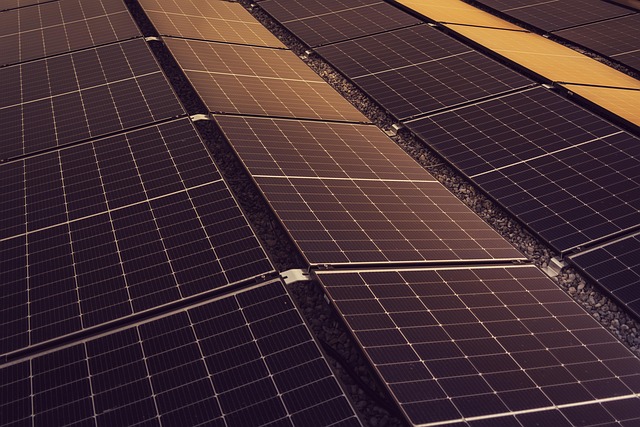In an era defined by a growing awareness of our ecological footprint, the quest for sustainable development has become imperative. How can we shape our cities to thrive while minimizing the impact on our planet? Enter responsive building structures—an innovative approach that not only embraces sustainability but embodies it in every brick and beam.
Responsive building structures are designed to adapt dynamically to their environmental surroundings, enhancing energy efficiency while simultaneously reducing our carbon footprint. These structures utilize green technologies such as automated shading systems and responsive fenestrations that react to sunlight and temperature fluctuations, ensuring optimal energy usage throughout the day. By intelligently regulating indoor climates, these buildings can significantly decrease reliance on artificial heating and cooling systems, ultimately leading us toward a more carbon-neutral future.
Looking beyond aesthetics, it’s crucial to consider how architectural innovation can align with the principles of sustainable development. When we incorporate features like living walls or green roofs, we not only contribute to biodiversity but also create natural insulation and stormwater management systems. These responsive building structures harmonize with nature, promoting a symbiotic relationship that supports ecological health while delivering modern functionality.
Furthermore, the integration of renewable energy sources into these designs enhances their contribution to a carbon-neutral future. By incorporating solar panels, wind turbines, or even geothermal systems, responsive building structures become not just consumers of energy but producers, feeding surplus energy back into the grid. This holistic approach embodies the spirit of innovation, demonstrating that being forward-thinking involves not just technology, but a commitment to sustainability that resonates with future generations.
As communities strive toward sustainability, the adoption of responsive building structures is not merely an architectural choice; it’s a lifestyle change. These innovations invite us into a conversation about our choices as consumers and how they impact the world around us. Buildings can no longer be seen as static entities; they must evolve with their inhabitants and the environment. The message here is clear: our future realities can be sculpted by the innovations we embrace today.
The journey towards a carbon-neutral future requires collective action. It’s about integrating sustainable development practices into every aspect of our lives, particularly in construction and urban planning. Responsive building structures stand at the forefront of this movement, showcasing that innovation is rooted in our ability to re-imagine the spaces we occupy.
As homeowners, architects, and city planners consider the potential of responsive building structures, they invest not just in the physical aspects of construction, but in the very ethos of sustainability itself. It’s time to embrace these innovations to build a world that thrives both within and beyond our own human needs, securing a harmonious existence with nature for generations to come.




